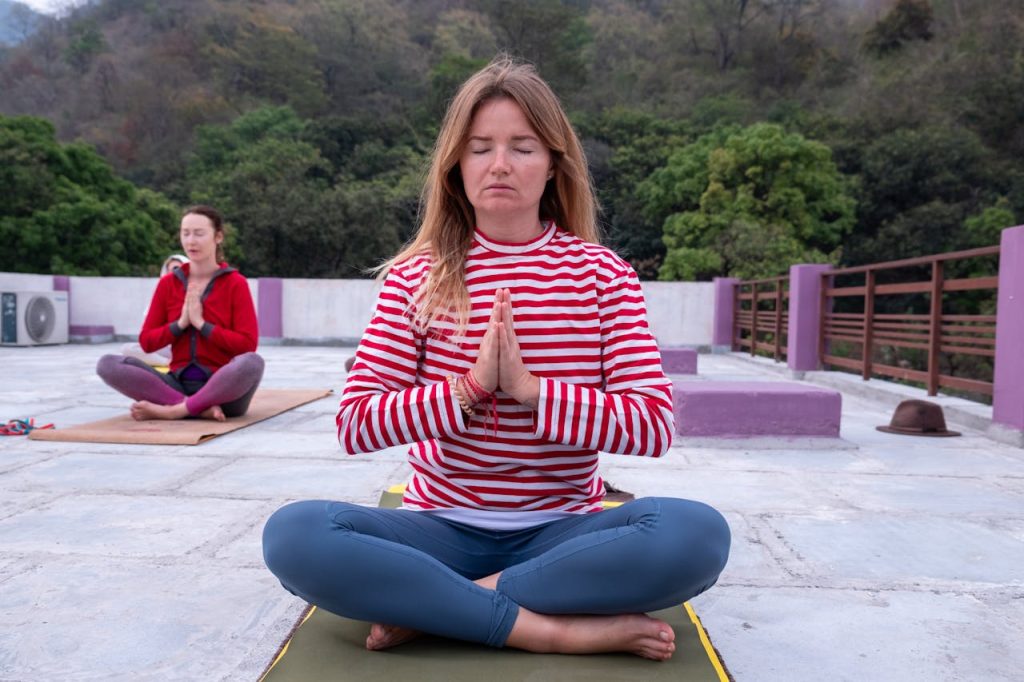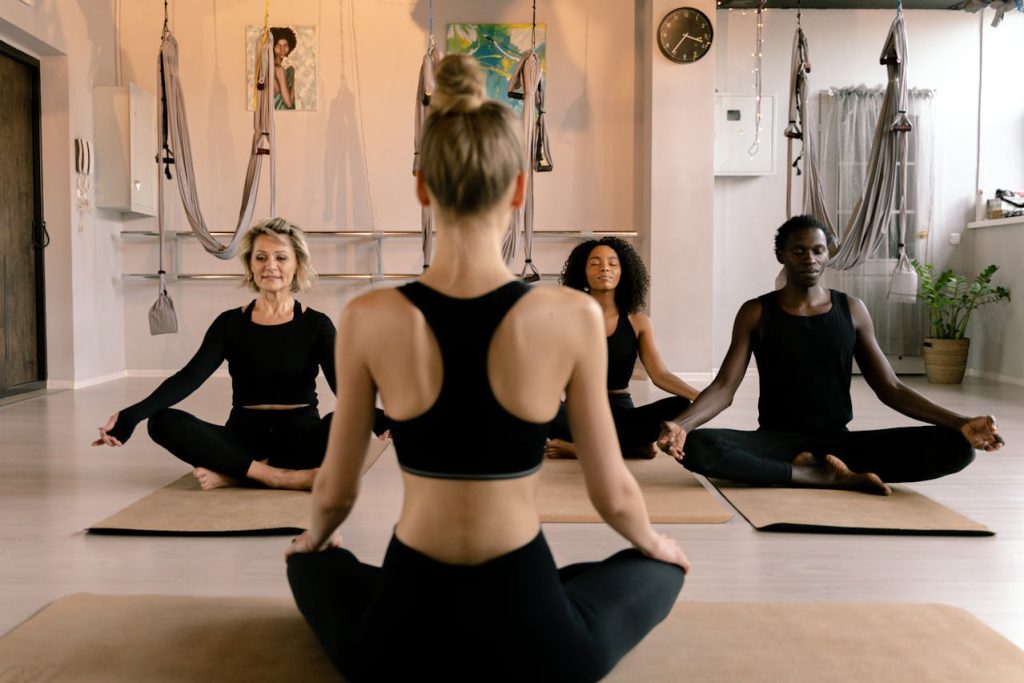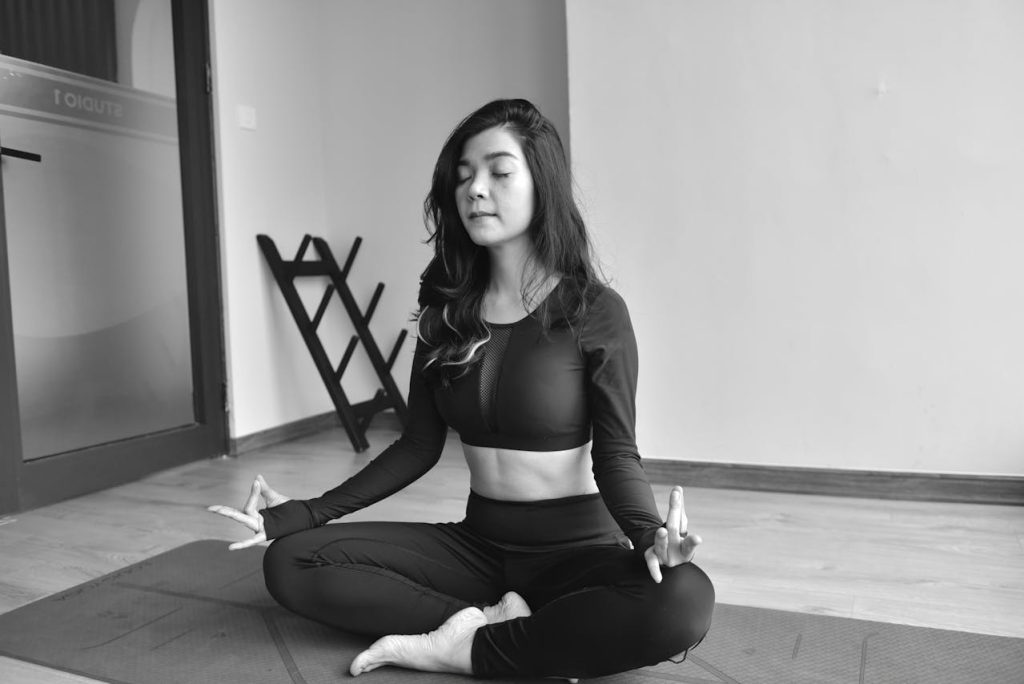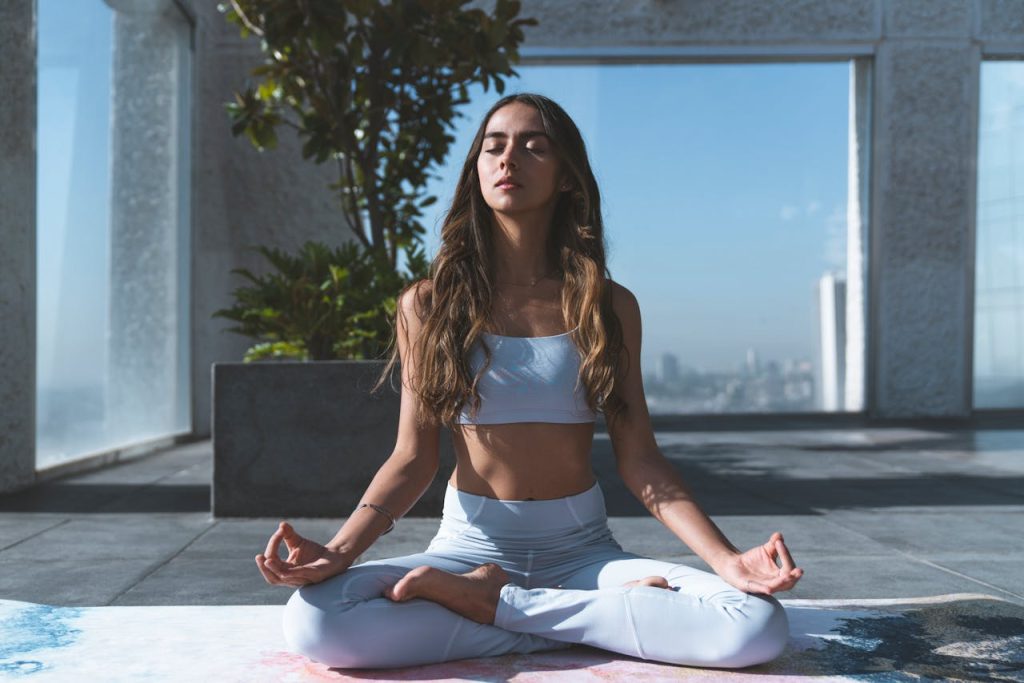Discover how to meditate effectively with our step-by-step guide. Learn how meditate to reduce stress, boost focus, and cultivate mindfulness. Start your journey today!
Overview
In this comprehensive guide, readers will learn how to meditate effectively, understand the benefits of meditation, explore different meditation techniques, and discover tips to make meditation a consistent part of their daily lives. By the end of this post, you’ll feel equipped to begin your journey toward greater mindfulness, reduced stress, and improved emotional well-being.
Why You Should Learn How Meditate
Meditation is more than just sitting quietly with your eyes closed. It’s a practice that helps cultivate mindfulness, emotional balance, and mental clarity. People from all walks of life, including busy professionals, students, and retirees, can benefit from meditation.
Here are some reasons why learning to meditate is worth your time:
- Stress Reduction: Meditation activates the body’s relaxation response, reducing stress hormones.
- Improved Focus: Regular practice strengthens attention and concentration.
- Emotional Well-being: Meditation helps regulate emotions and fosters a sense of inner calm.
- Better Sleep: Mindfulness techniques can improve sleep quality and reduce insomnia.
- Enhanced Self-awareness: Meditation encourages a deeper understanding of your thoughts and behaviors.
By learning how meditate, you can experience these benefits and transform your daily life.

Understanding Meditation
Before you learn how meditate, it’s important to understand what meditation truly is. Meditation is a mental exercise that involves focusing your mind, controlling your attention, and cultivating awareness of the present moment.
There are several types of meditation, including:
Types of Meditation
Mindfulness Meditation
Mindfulness meditation focuses on observing your thoughts and sensations without judgment. This form is ideal for beginners because it teaches awareness of the present moment.
Guided Meditation
Guided meditation involves listening to a recorded or live guide who directs your focus and visualizations. It’s helpful for those who struggle with maintaining attention during meditation.
Loving-Kindness Meditation
This technique encourages cultivating compassion and love for yourself and others. It’s particularly effective for improving emotional resilience and social connections.
Body Scan Meditation
Body scan meditation involves paying close attention to different parts of the body to release tension and improve mind-body awareness.
Breath Awareness Meditation
Focusing on your breath is one of the simplest ways to learn how meditate. Breath awareness meditation anchors your mind to the present moment and calms the nervous system.

Step-by-Step Guide: Learn How Meditate
Meditation doesn’t have to be complicated. Here’s a simple step-by-step approach to help you get started:
1. Find a Quiet Space
Choose a calm environment where you won’t be disturbed. It can be a quiet corner in your home, a park, or even a comfortable chair.
2. Get Comfortable
Sit or lie down in a comfortable position. Keep your back straight, but not rigid. You can sit cross-legged on the floor, on a cushion, or on a chair with feet flat on the ground.
3. Focus on Your Breath
Close your eyes and take a few deep breaths. Focus on the sensation of air entering and leaving your lungs. If your mind wanders, gently return your focus to your breath.
4. Set a Time Limit
Start with just 5–10 minutes per session and gradually increase the duration. Consistency is more important than long sessions.
5. Use Guided Resources (Optional)
For beginners, guided meditations from apps, YouTube, or Mindfulness Meditation Hub can be highly effective in learning how meditate properly.
6. Observe Without Judgment
Allow thoughts to come and go without getting attached. The goal is not to stop thinking but to observe your mind with awareness and curiosity.
7. End with Gratitude
After finishing, take a moment to appreciate yourself for dedicating time to your practice. Gradually open your eyes and bring mindfulness into your next activity.

Tips to Make Meditation a Daily Habit
Consistency is key when you learn how meditate. Here are some practical tips to help you make meditation a part of your routine:
- Start Small: Begin with 5 minutes daily and gradually extend your sessions.
- Set a Schedule: Meditate at the same time each day, such as in the morning or before bed.
- Create a Meditation Space: Dedicate a quiet, clutter-free space to your practice.
- Use Apps or Online Resources: Guided meditations can provide structure and motivation.
- Be Patient: Meditation is a skill that develops over time. Avoid judging yourself for wandering thoughts.
- Incorporate Mindfulness in Daily Life: Practice mindful walking, eating, or even washing dishes.
Common Challenges Beginners Face
When you first learn how meditate, it’s normal to encounter some obstacles. Here’s how to overcome them:
- Restless Mind: Start with short sessions and gradually lengthen them.
- Physical Discomfort: Experiment with different sitting positions and use cushions for support.
- Lack of Time: Schedule mini-sessions throughout the day if longer sessions aren’t possible.
- Expecting Immediate Results: Meditation is a journey. Focus on the process, not the outcome.
Benefits of Learning How Meditate
When you make meditation a regular practice, the benefits extend to multiple areas of your life:
- Mental Clarity: Improved decision-making and focus.
- Emotional Stability: Reduced anxiety, irritability, and mood swings.
- Physical Health: Lower blood pressure, improved immune function, and reduced pain.
- Personal Growth: Increased self-awareness and compassion toward yourself and others.
These benefits demonstrate why learning how meditate is a valuable life skill that enhances overall well-being.
Final Thought
Learning how meditate is a journey toward mindfulness, inner peace, and self-discovery. By following the step-by-step guide, exploring different meditation techniques, and making meditation a daily habit, you can experience profound mental, emotional, and physical benefits.
Start small, stay consistent, and use resources like Mindfulness Meditation Hub to support your meditation journey. With practice, you’ll find that meditation becomes a natural and enriching part of your daily life.

